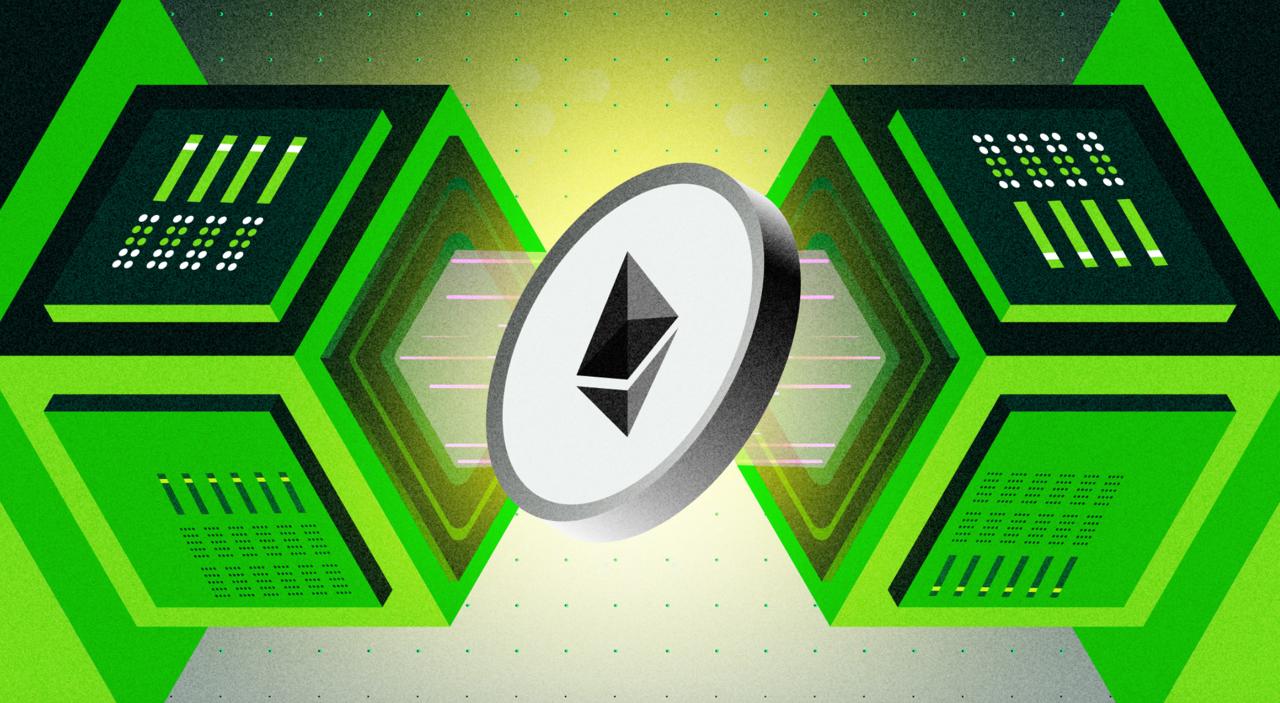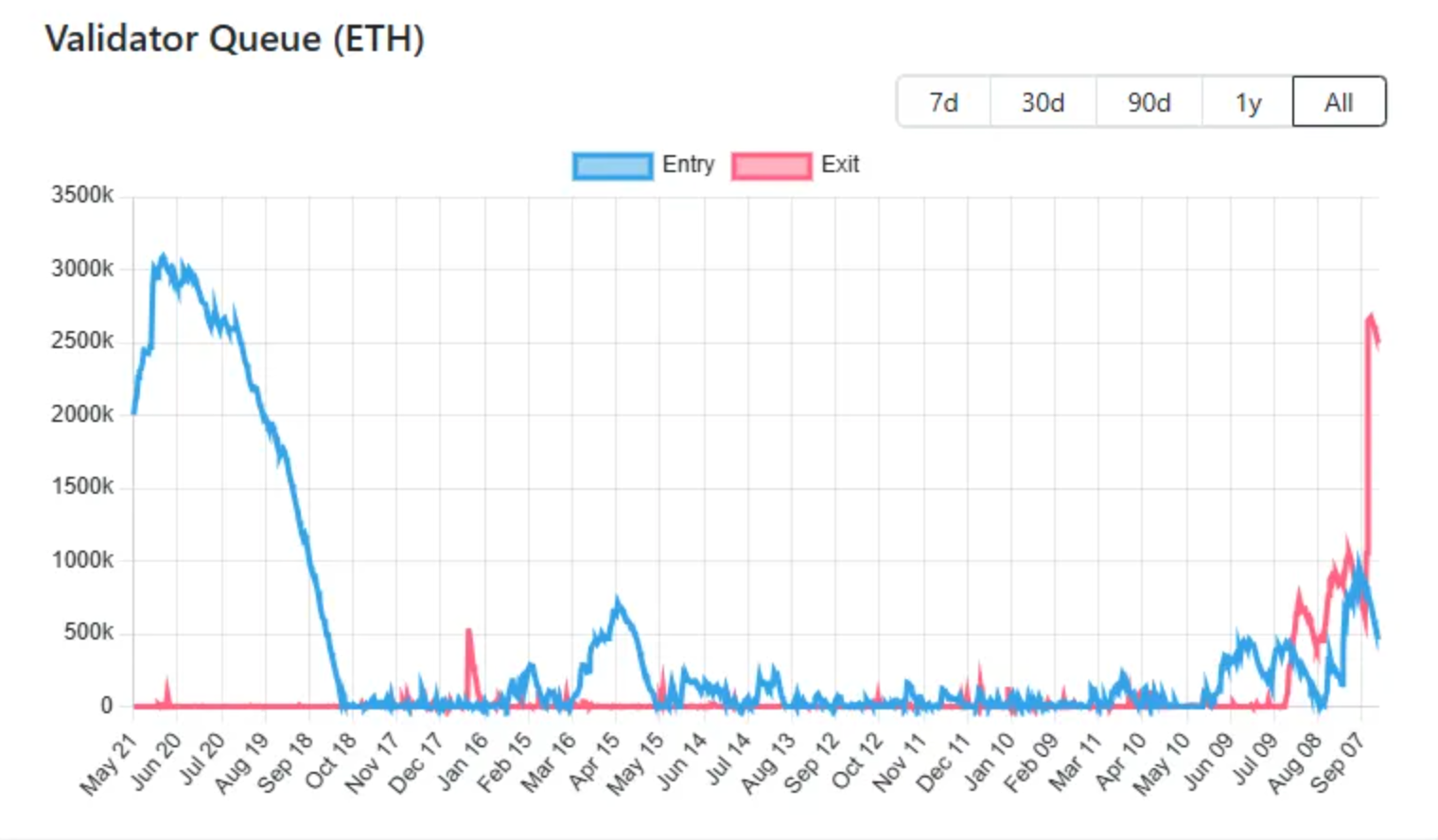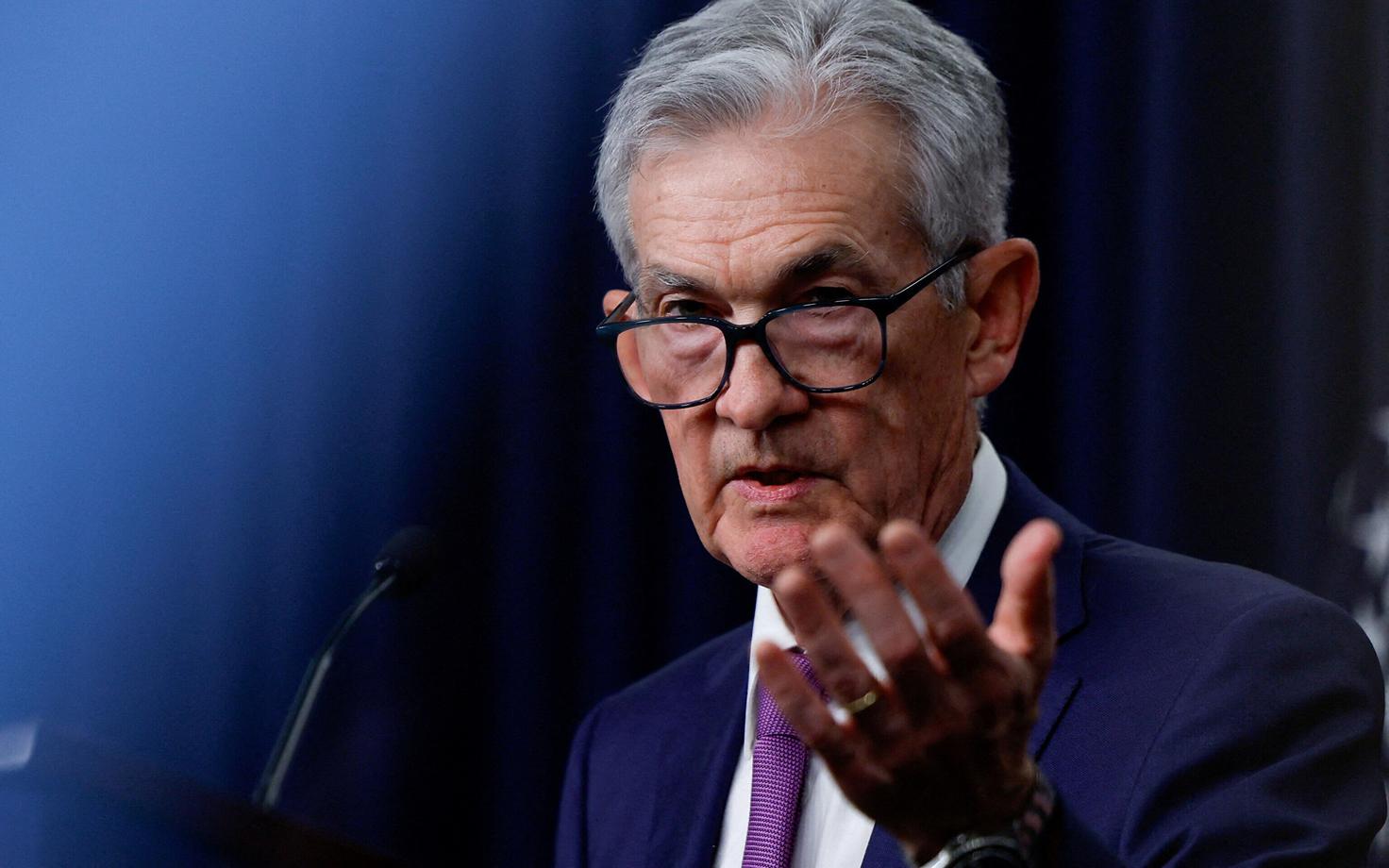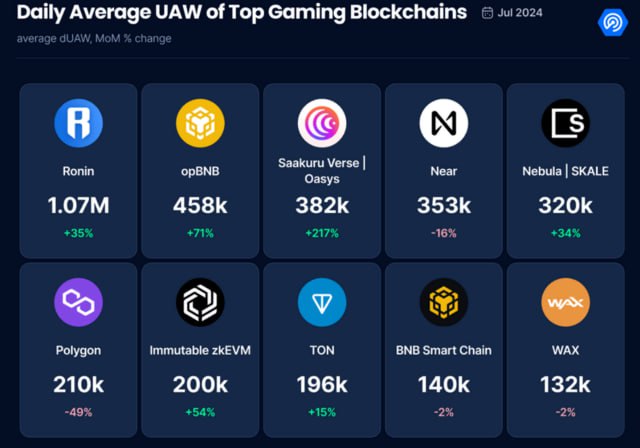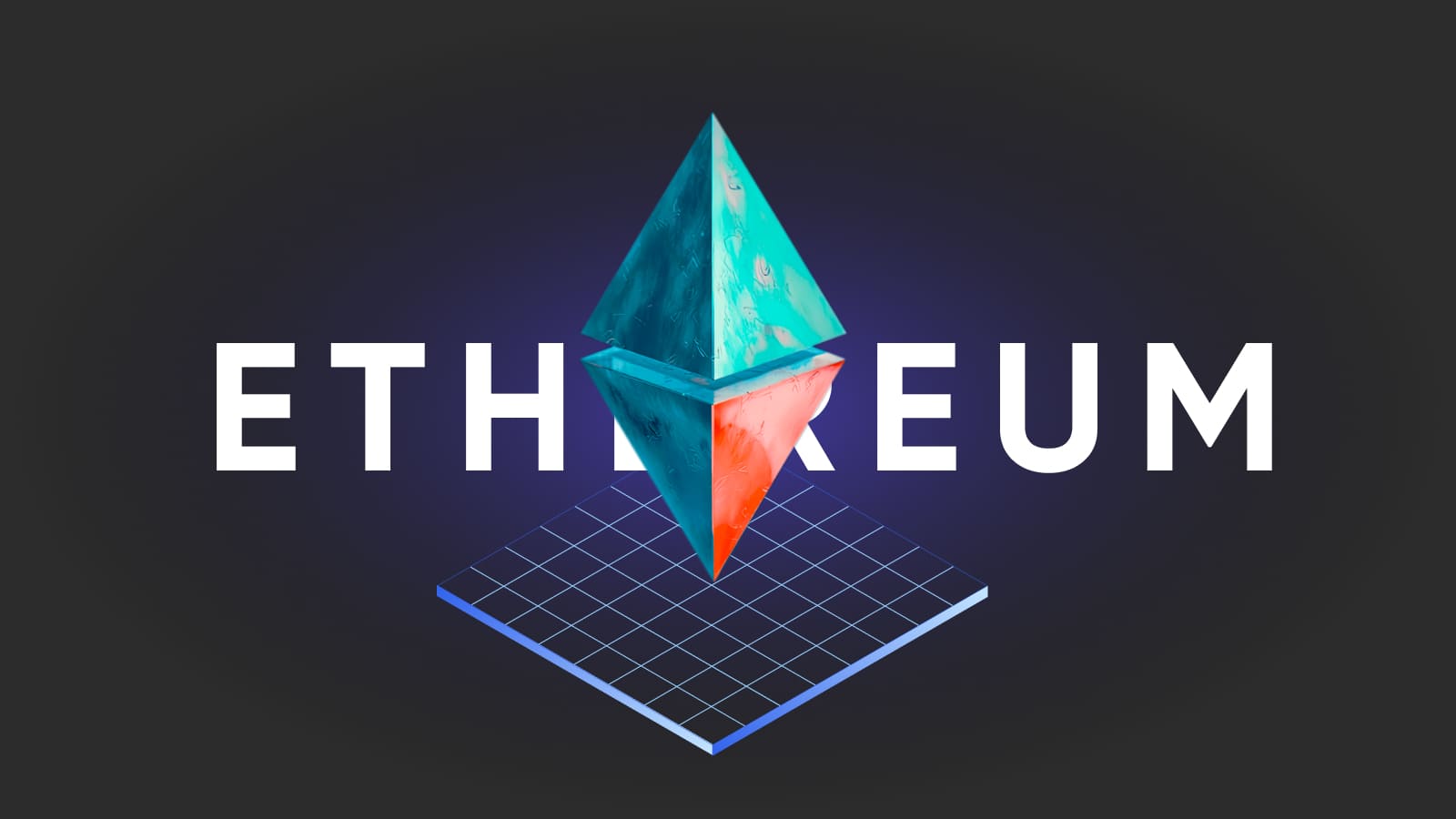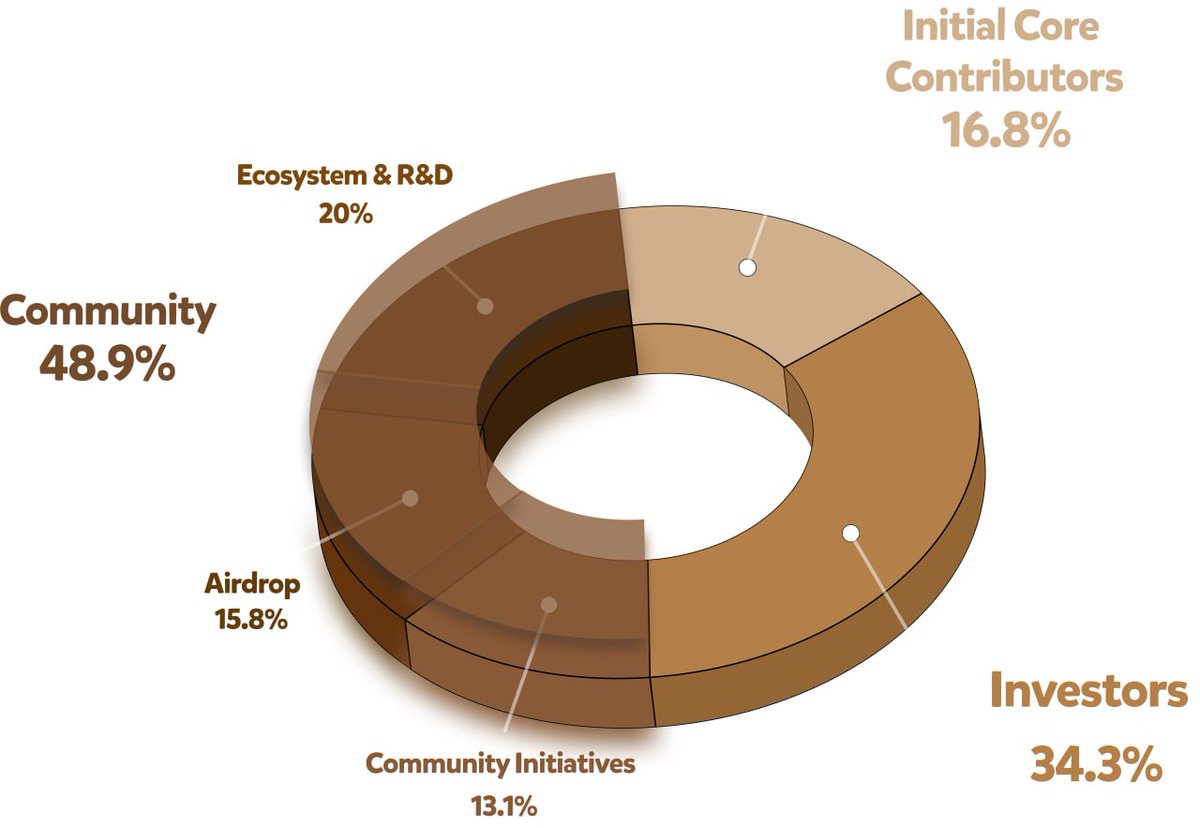The Ethereum network has successfully activated the Pectra upgrade — the largest hard fork to date in terms of the number of implemented Ethereum Improvement Proposals (EIPs). Activated at epoch 364,032 on the mainnet, the upgrade marks a major step forward in improving the network’s usability, scalability, and technical infrastructure.
Pectra includes 11 key EIPs that target both end-user experience and low-level protocol improvements. One of the most significant changes is the introduction of smart contract wallets (account abstraction). This feature enhances wallet usability, enables easier account recovery, and allows for automation in fund management — paving the way for more intuitive and secure wallet solutions that don’t rely on traditional private key access.
Another notable change is the doubling of the calldata limit, which significantly increases the network’s capacity to handle Layer 2 (L2) data throughput. This is especially beneficial for rollup-based scaling solutions such as Arbitrum and Optimism, which can now include more data per transaction batch.
Additionally, validator experience has been improved through interface enhancements, lowering the technical barrier for staking participation and further decentralizing the Ethereum network.
Testnet Challenges and Launch of Hoodi
Before its mainnet launch, Pectra was tested on Sepolia and Holesky testnets. However, both environments experienced complications. In Sepolia, a malicious actor caused disruptions on the consensus layer. In Holesky, even after the network recovered, developers were unable to verify the upgrade’s functionality related to validator exits.
As a result, the Ethereum core development team launched a new long-term testnet named Hoodi, which went live on March 17. The Pectra upgrade was redeployed and successfully tested there, solidifying its readiness for mainnet activation.
Market Reaction and What’s Next
Despite its technical significance, the upgrade had little immediate effect on Ethereum’s price. ETH rose only 2.5% in the past 24 hours, while Bitcoin gained 3%, according to CoinGecko. Edward Chen, co-founder of Parataxis Capital, had predicted this muted response, noting that the market often prices in such updates well in advance.
The next planned Ethereum hard fork is Fusaka, scheduled for the second half of 2025 (September–October). Initially, it was expected to include changes to the Ethereum Virtual Machine (EVM) via the Ethereum Object Format (EOF). However, this proposal has been postponed due to Vitalik Buterin’s suggestion to redesign the EVM architecture entirely — a more ambitious and longer-term effort.
Pectra reinforces Ethereum’s commitment to enhancing user experience and scaling capabilities without compromising decentralization. Developers will continue to monitor the network closely over the coming days to identify any issues arising from the activation.
